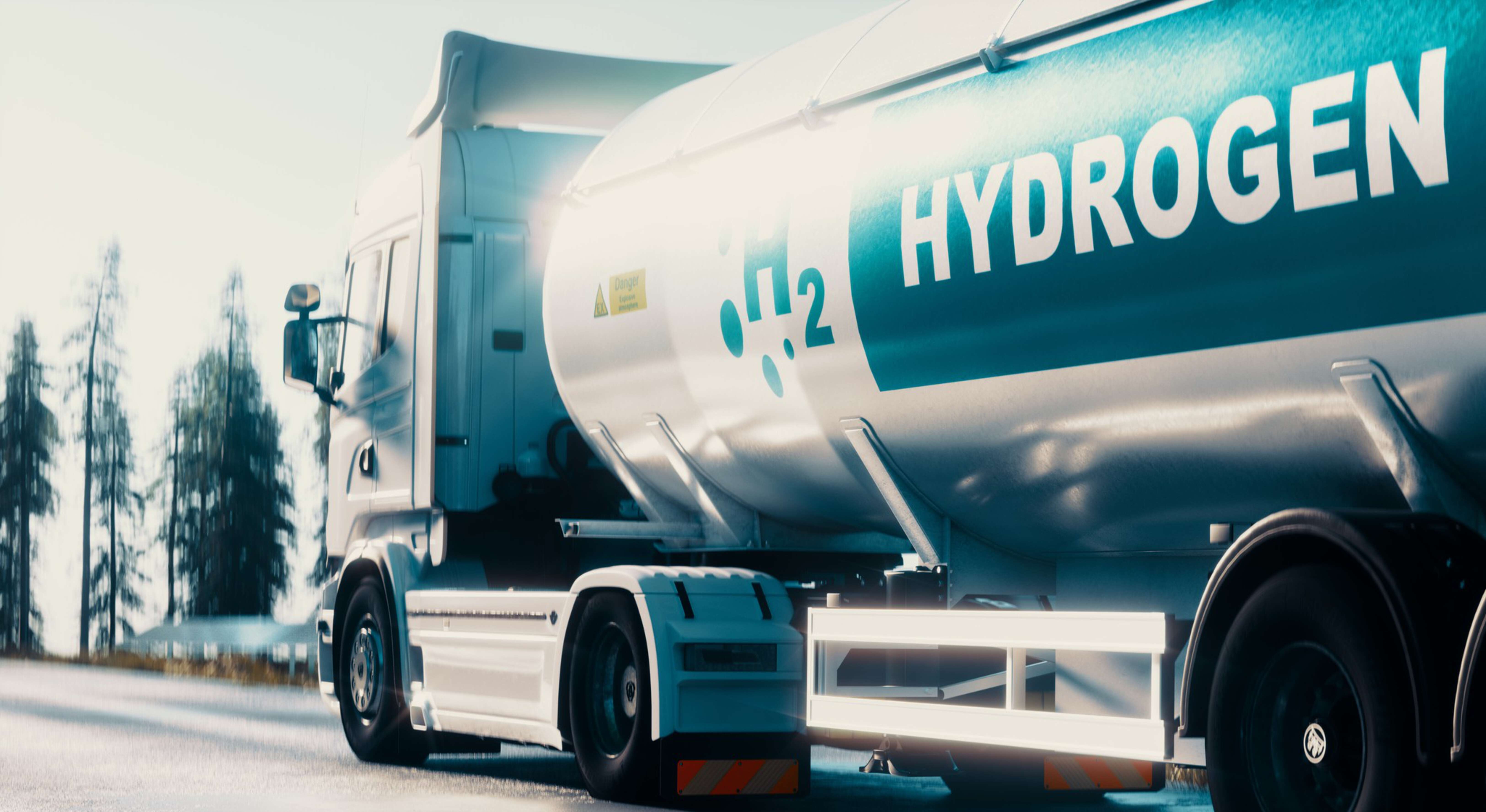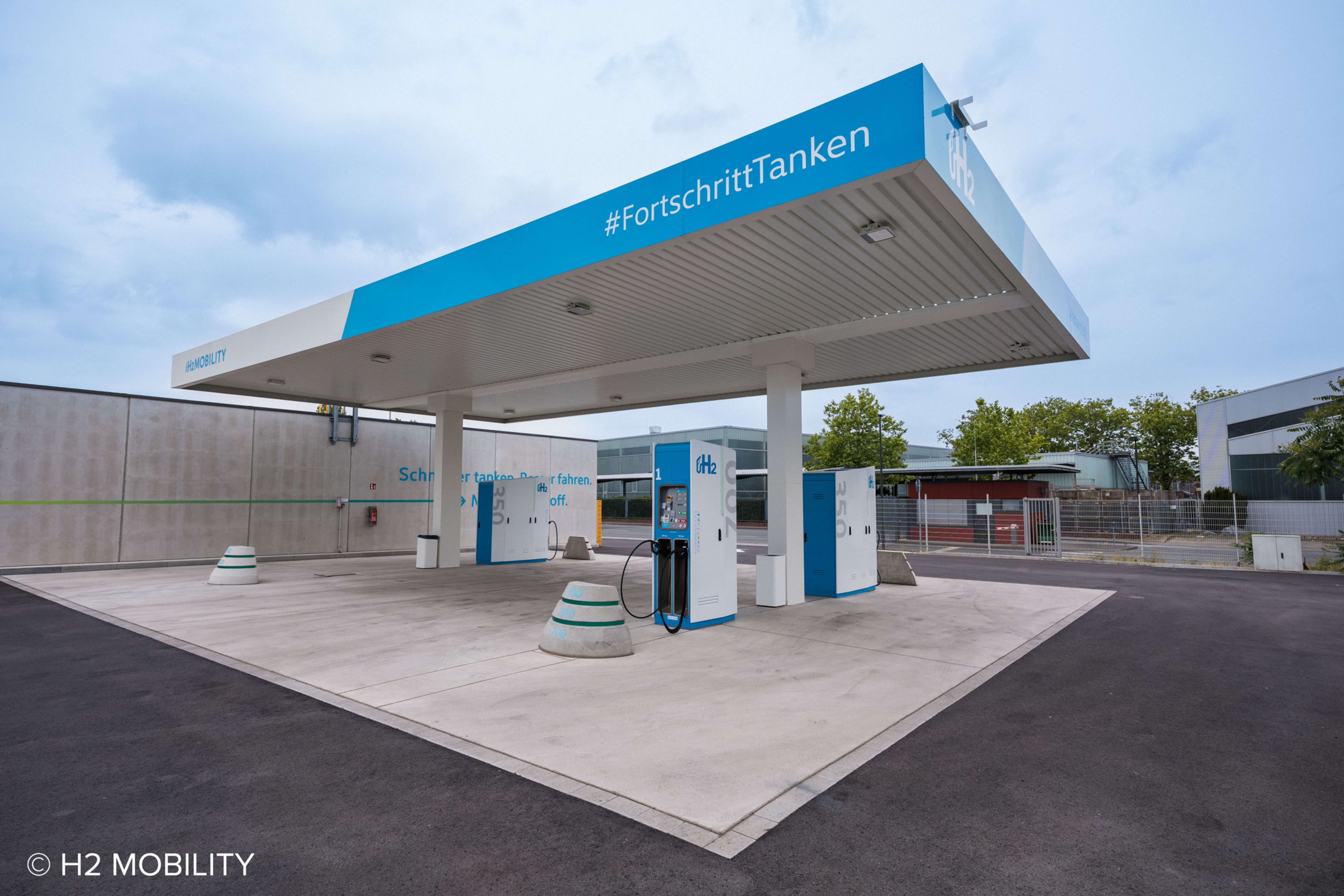Hydrogen cooling challenge
Hydrogen refuelling involves significant temperature fluctuations due to the reverse Joule-Thomson effect, which causes hydrogen to heat up when released under high pressure. To ensure safe refuelling, the hydrogen must be pre-cooled before it enters the vehicle's tank.
The large underground aluminium blocks traditionally used for cooling took up a lot of space and lacked flexibility. Which is why H2 MOBILITY wanted a more compact and efficient solution that could be integrated directly into the dispenser units, reducing the footprint and improving overall system efficiency.
Tailored solution with K°Bond heat exchangers
Kelvion provided a printed circuit heat exchanger (PCHEs), a state-of-the-art solution tailored for hydrogen cooling applications. These heat exchangers ensure that hydrogen is pre-cooled to temperatures between -33°C and -40°C before entering the vehicle's tank, preventing overheating and ensuring safe, fast refuelling.
H2 MOBILITY has successfully integrated the K°Bond HX007 model into several hydrogen refuelling stations across Germany. The compact design allows for easy installation within the dispenser units, enabling a more efficient station layout.
Frank Fronzke, Managing Director and COO at H2 MOBILITY, highlighted the seamless integration and performance of Kelvion's technology: "Kelvion's K°Bond heat exchanger is a perfect fit for our hydrogen refuelling stations. Its compact footprint and high efficiency make it the ideal solution for our dispenser units, supporting our mission to contribute to the energy transition in transport through high-performance hydrogen refuelling stations."
The result
With hydrogen playing a key role in the decarbonisation of transport, H2 MOBILITY continues to invest in the performance of its network. Kelvion's standardised K°Bond heat exchangers provide a scalable and future-proof solution for upcoming refuelling projects.



